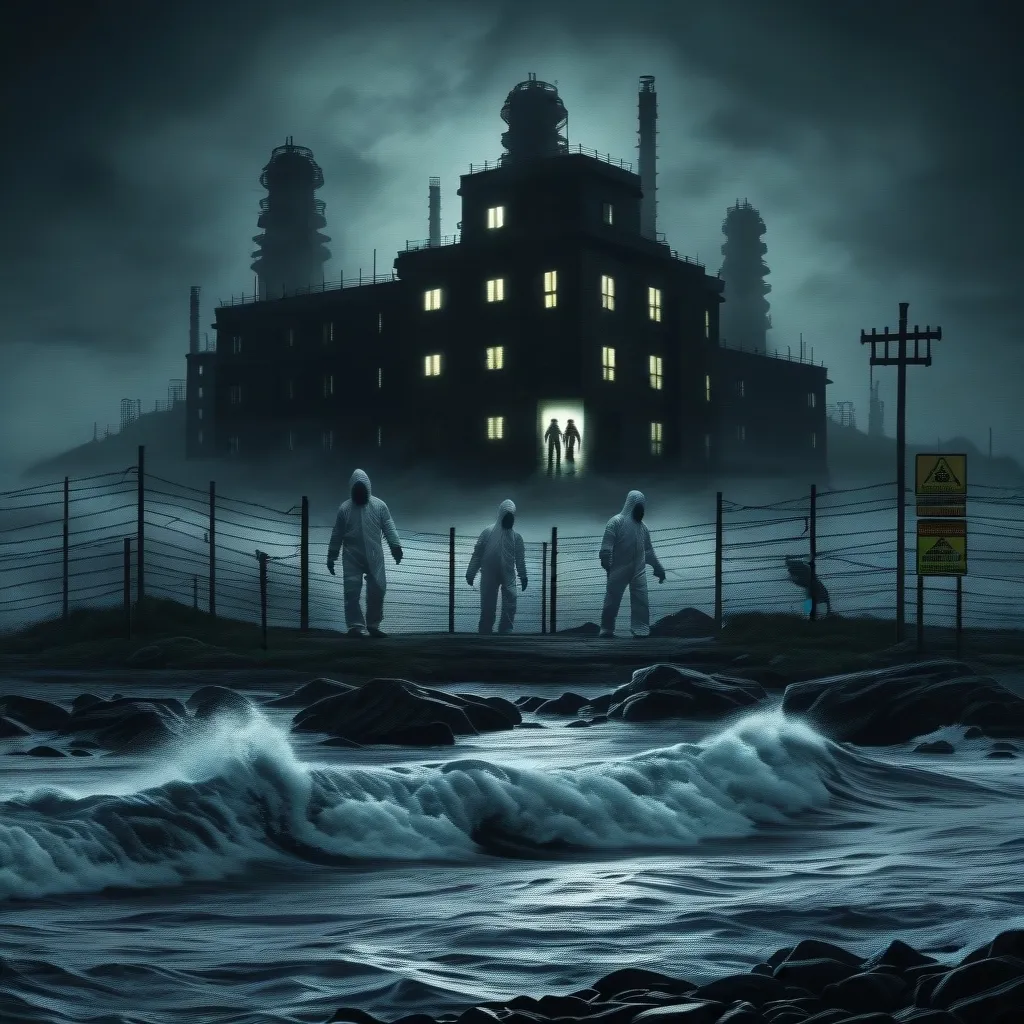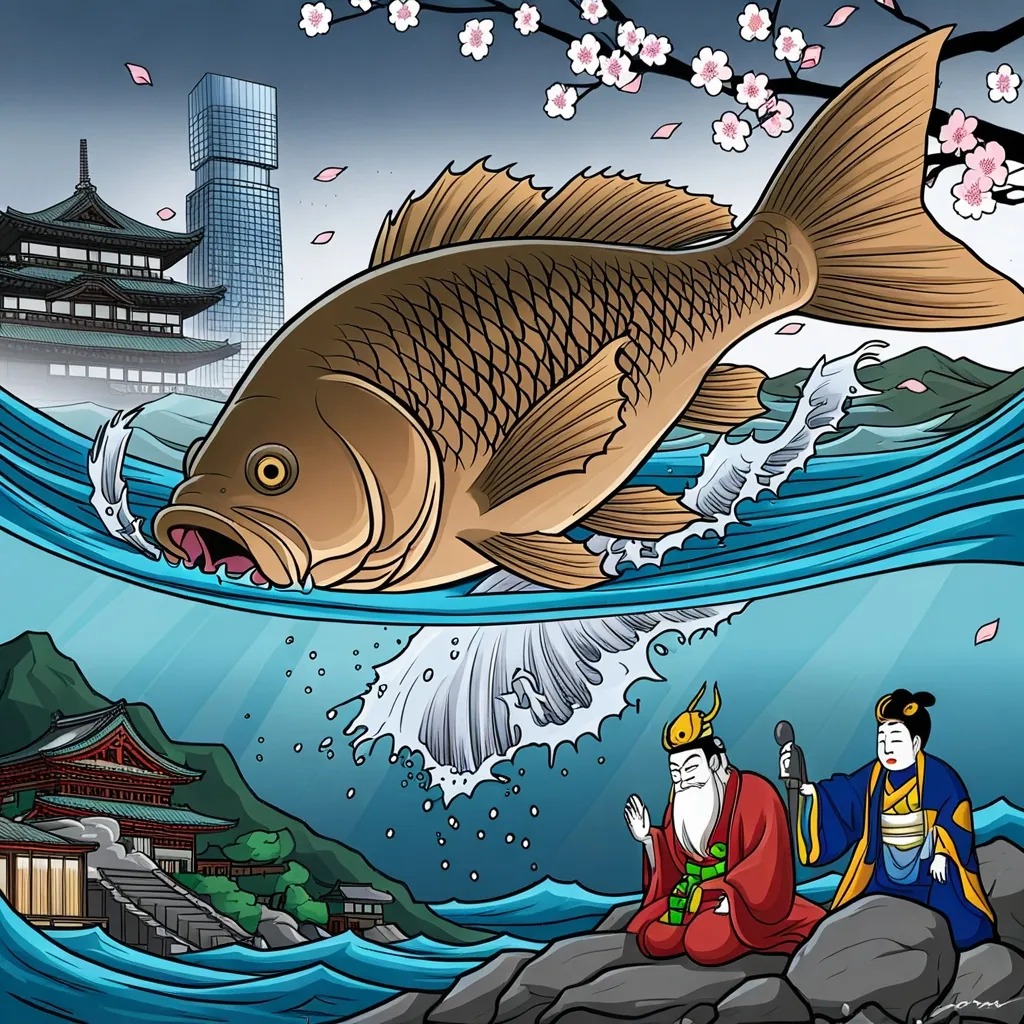Secrets in the Sand: The Dark History of Plum Island and Beyond
Ever wonder what goes on behind closed doors in top-secret government facilities? Plum Island, just off the coast of New York, has been the subject of wild speculation for decades. But it’s not alone – there are other spots around the world with equally creepy histories of hush-hush experiments.
Let’s dive into the murky waters surrounding Plum Island. Picture this: a heavily guarded island less than 100 miles from NYC, crawling with surveillance and fenced off from prying eyes. Sounds like something out of a spy movie, right? Well, it’s real, and it’s been home to some seriously sketchy biological research since the 1950s.
Here’s where it gets really messed up. The original lab on Plum Island? Run by Nazi scientists after World War II. Yeah, you read that right. These guys were scooped up as part of Operation Paperclip, where the U.S. basically said, “Hey, we know you did some awful stuff, but come work for us instead!” Talk about a deal with the devil.
Today, the old lab is just a crumbling reminder of the island’s dark past. But don’t think for a second that means the weirdness stopped. The current facility is massive, with huge storage areas that make you wonder what exactly they’re keeping in there. And get this – the government wants to move the whole operation to Kansas. But that plan’s hit some snags, so for now, Plum Island remains shrouded in mystery.
Now, if you think Plum Island is an isolated case, buckle up. Human experiments have been going down all over the world, often under the guise of “scientific research.” One of the most notorious examples? Unit 731 in Japan during World War II. This place was like the Auschwitz of biological warfare.
Based in Harbin, China, Unit 731 was where Japanese scientists went full mad scientist on prisoners. We’re talking disease injections, controlled dehydration, and testing biological weapons on living humans. It gets worse – they’d do vivisections (that’s cutting people open while they’re still alive) and harvest organs. The level of cruelty is hard to wrap your head around.
But here’s the kicker – some scientists have actually tried to use data from these experiments, even during the COVID-19 pandemic. Talk about an ethical nightmare. And it’s not like this stuff was kept under wraps – Japanese doctors were publishing findings in medical journals after the war. Makes you wonder how people can sleep at night, doesn’t it?
Let’s hop over to the Marshall Islands for another disturbing chapter in secret experiments. In 1954, the U.S. decided to detonate a massive thermonuclear bomb at Bikini Atoll. But instead of getting everyone out of there ASAP, they thought, “Hey, let’s see what happens to people exposed to nuclear fallout!” This lovely little project was called Project 4.1.
The results? Increased miscarriages, stillbirths, kids with developmental issues, and a whole lot of people developing tumors and dying from radiation exposure. And the cherry on top? The locals had no idea they were part of an experiment. Talk about a betrayal of trust.
But wait, there’s more! Ever heard of the “Monster Study”? In 1939, some bright spark in Iowa thought it’d be a good idea to mess with orphans’ speech patterns. They praised one group for speaking well and criticized the other for every little mistake. Guess what happened? The kids who got torn down ended up with long-term speech problems. Nice going, science.
Then there’s Dr. J. Marion Sims, who in the 19th century decided to experiment on enslaved African women to fix a childbirth complication. Without anesthesia. Because apparently, their pain didn’t matter. It’s enough to make your blood boil.
During World War II, things got even more twisted. Prisoners had glass and wood shoved into their wounds to study infections. Women had their breasts tied up to see how long their babies could survive without feeding. It’s like humanity took a vacation and forgot to come back.
So what’s the takeaway from all this horror? Well, for one, it shows how dangerous unchecked scientific ambition can be. When the pursuit of knowledge trumps basic human decency, we end up with nightmares like Plum Island and Unit 731.
And here’s the real kicker – a lot of this stuff is still shrouded in secrecy. The Plum Island move is in limbo, leaving locals wondering what’s next. The Marshallese are still fighting for justice and compensation. It’s like governments think if they ignore it long enough, people will forget.
But people don’t forget. Around the world, there are calls for more accountability in scientific research. Some groups, like the Advisory Committee on Human Radiation Experiments in the U.S., have pushed for apologies and compensation for victims. But it’s been a mixed bag – while some American victims have received apologies and money, the Marshallese are still waiting for their due.
It’s a stark reminder that justice isn’t always served equally. And it begs the question – how many other secret experiments are out there that we don’t know about?
As we push forward into new frontiers of science and technology, these stories serve as a grim warning. We’ve got to keep our ethical compass pointed in the right direction. Because let’s face it, no scientific breakthrough is worth sacrificing human dignity and lives.
So next time you hear about some top-secret government facility or cutting-edge research project, take a moment to wonder – what’s really going on behind those closed doors? And more importantly, at what cost?
In the end, the story of secret human experiments is a tangled web of ambition, cruelty, and moral failure. From the eerie ruins of Plum Island to the lingering radiation in the Marshall Islands, these dark chapters in our history remind us that knowledge without compassion is a dangerous thing.
As we move forward, let’s hope we can learn from these mistakes. Let’s demand transparency, accountability, and above all, respect for human life in all scientific pursuits. Because if we don’t, who knows what other horrors might be brewing in the name of progress?
Remember, folks – just because we can do something doesn’t mean we should. Let’s keep our eyes open, our minds questioning, and our hearts set on doing what’s right. After all, isn’t that what real progress is all about?






